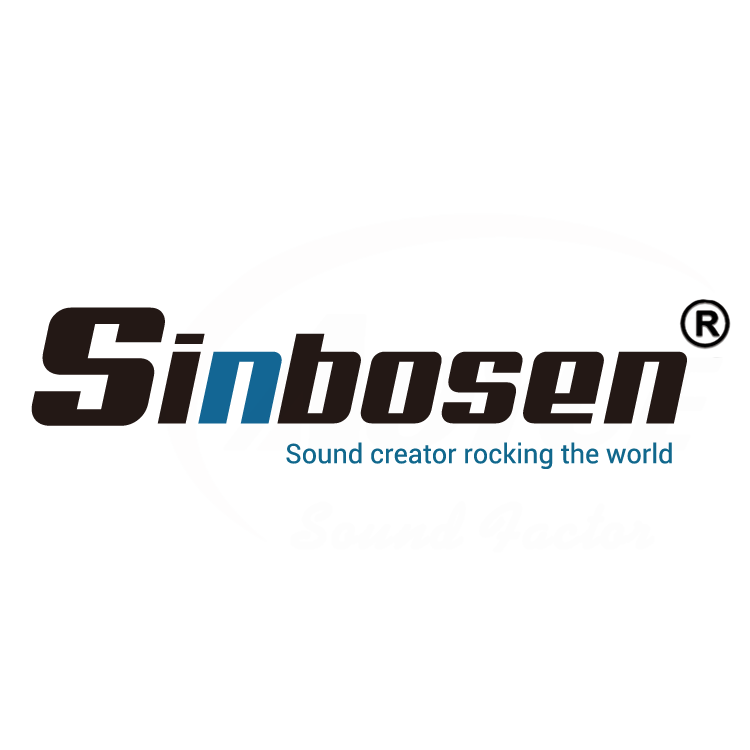Microphone damp!!! How to protect the microphone?
Views : 15435
Update time : 2019-11-16 16:25:13
The condenser microphone suddenly has a small sound, and there are wind noises, humming sounds, sounds that suddenly overload the signal, etc. Why is this? Don't be afraid, this is just a condenser microphone getting wet. So what should we do? Next, let's take a look at how to maintain the microphone to make the mic last longer.
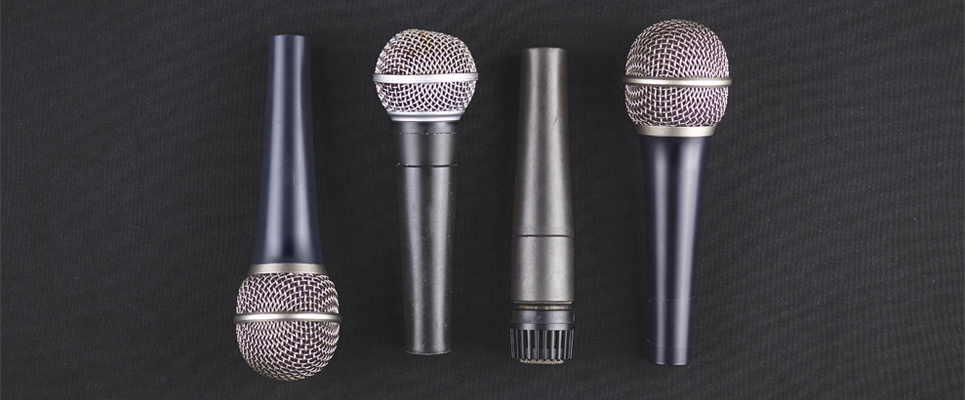
DJ and sound engineers are most afraid of what kind of damage to the condenser microphone? -----Damp!
The problem that many people don't understand is that condenser microphones need to be protected from moisture.
Condenser microphones, in addition to the common large diaphragm small diaphragm, there are some back-body microphones that need to be equipped with batteries, and some aluminum-band microphones. These microphones have metal on the diaphragm, which is very sensitive to humidity, because moisture can cause corrosion of metals, and it is easy to get dust and so on. The diaphragm of the dynamic microphone is a non-metallic material that is not sensitive to water vapor, so the environmental requirements are much lower.
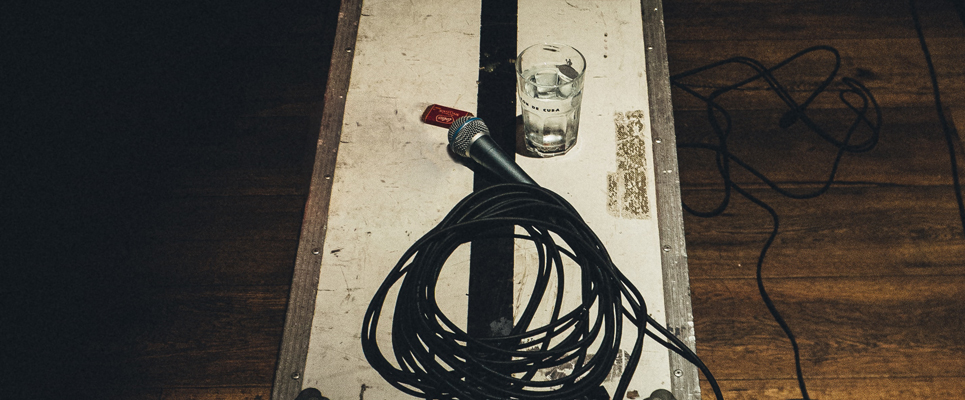
Common damp failures are:
1. The sound of the microphone suddenly becomes extremely small;
2. There is wind in the microphone;
3. A buzzing sound in the microphone;
4. Signal transient overload
5. Low noise suddenly increases;
6. The most serious is completely silent or there is no obvious fault. After disassembling, it is found that the diaphragm is obviously damp. It sounds basically normal, but the tone is a little bit boring, similar to the high frequency attenuation.
7. There is also a situation that many people often encounter. Sometimes the microphone is dry after the damp, the noise does not appear, and the sound is not very different. If it is not compared with the new microphone, there is no difference. To fully judge the moisture of the microphone is to disassemble the microphone, and it is not recommended to do so. The best measure is to prevent it in advance.
So how do we prevent the condenser microphone from getting wet?
1. If the season in your area is wet, you can find a closed box and put the microphone in. Such as customizing a small shock box. Put some moisture-proofing agent inside. If the desiccant becomes wet, it means that the humidity is too large. Open the microphone cover and check if the inner wall of the metal is wet. If the inner wall of the microphone is wet, blow it dry with the blower, and power on the device for a while, then test it.
2. The ideal storage microphone has a humidity of 40-60%. The easiest and cheapest way to achieve this is to use a moisture-proof cabinet. Even the cheapest and the worst-quality moisture-proof cabinets are much better than the ones that use desiccants.
3. Protected from rain and dust. Rainwater is the natural enemy of condenser microphones. The diaphragm of a condenser microphone will accelerate the corrosion of metal materials due to water, and will short-circuit the internal circuit wires. In this case, do not rush into the box when you finish using it, apply it to the blower and then put it in.
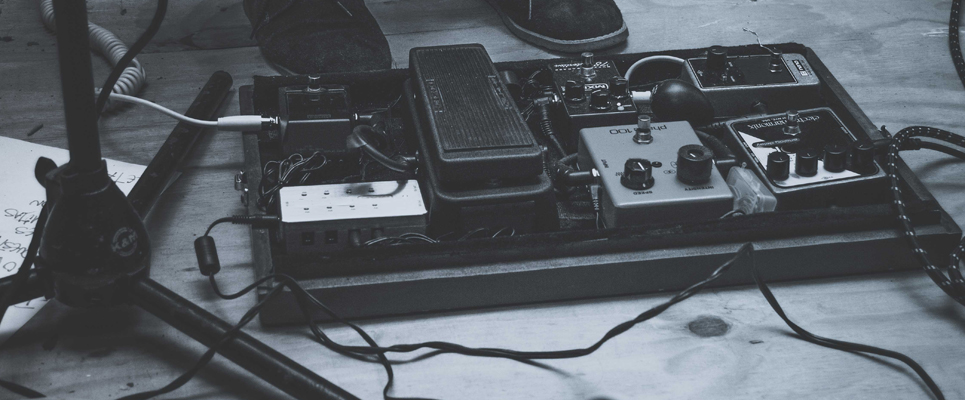
4. Try to avoid frequent plugging and unplugging operations. Do not pull and plug frequently when the condenser microphone or microphone cable is powered, because large voltage fluctuations will not only affect the system, but also reduce the life of the condenser microphone.
5. Anti-drop, impact may cause the sensitivity of the condenser microphone to be reduced or even damaged.
6. Correctly use the plug to prevent the plug from being damaged.
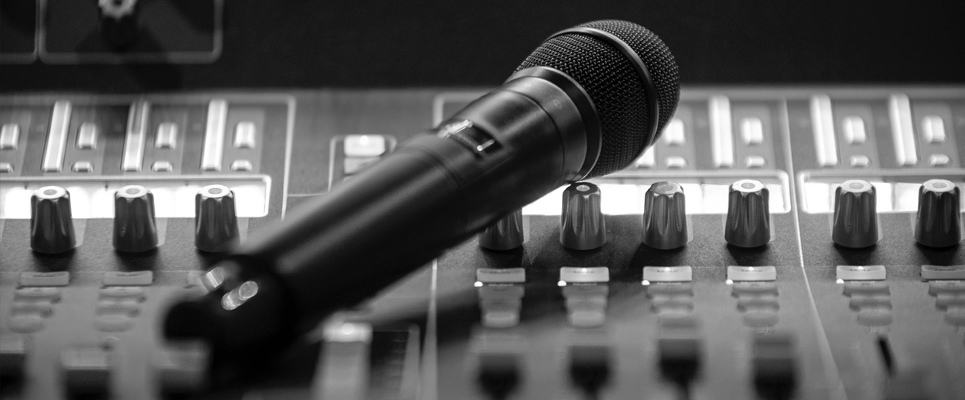
7. Nowadays, most of the condenser microphones on the market are powered by phantom power, that is, most of them are connected to the mixer via a microphone cable for power supply. Therefore, you should try to avoid frequent plugging and unplugging of the microphone. Frequent large voltage fluctuations will greatly reduce the life of the microphone. So try to connect the microphone to the mixer before starting a channel, then turn it on again. If your vacuum tube microphone can be connected directly to the power supply, it is equally important to avoid frequent insertions and removals. Do not turn on the power switch of the microphone when you connect the microphone to the mixer.
These are some of the measures that Sinbosen shared to protect the amplifier. Sinbosen hopes this article will give you some help. If you have any questions, please contact us.
►Related news--How to protect the FP power amplifier?
►Return to home page

DJ and sound engineers are most afraid of what kind of damage to the condenser microphone? -----Damp!
The problem that many people don't understand is that condenser microphones need to be protected from moisture.
Condenser microphones, in addition to the common large diaphragm small diaphragm, there are some back-body microphones that need to be equipped with batteries, and some aluminum-band microphones. These microphones have metal on the diaphragm, which is very sensitive to humidity, because moisture can cause corrosion of metals, and it is easy to get dust and so on. The diaphragm of the dynamic microphone is a non-metallic material that is not sensitive to water vapor, so the environmental requirements are much lower.

Common damp failures are:
1. The sound of the microphone suddenly becomes extremely small;
2. There is wind in the microphone;
3. A buzzing sound in the microphone;
4. Signal transient overload
5. Low noise suddenly increases;
6. The most serious is completely silent or there is no obvious fault. After disassembling, it is found that the diaphragm is obviously damp. It sounds basically normal, but the tone is a little bit boring, similar to the high frequency attenuation.
7. There is also a situation that many people often encounter. Sometimes the microphone is dry after the damp, the noise does not appear, and the sound is not very different. If it is not compared with the new microphone, there is no difference. To fully judge the moisture of the microphone is to disassemble the microphone, and it is not recommended to do so. The best measure is to prevent it in advance.
So how do we prevent the condenser microphone from getting wet?
1. If the season in your area is wet, you can find a closed box and put the microphone in. Such as customizing a small shock box. Put some moisture-proofing agent inside. If the desiccant becomes wet, it means that the humidity is too large. Open the microphone cover and check if the inner wall of the metal is wet. If the inner wall of the microphone is wet, blow it dry with the blower, and power on the device for a while, then test it.
2. The ideal storage microphone has a humidity of 40-60%. The easiest and cheapest way to achieve this is to use a moisture-proof cabinet. Even the cheapest and the worst-quality moisture-proof cabinets are much better than the ones that use desiccants.
3. Protected from rain and dust. Rainwater is the natural enemy of condenser microphones. The diaphragm of a condenser microphone will accelerate the corrosion of metal materials due to water, and will short-circuit the internal circuit wires. In this case, do not rush into the box when you finish using it, apply it to the blower and then put it in.

4. Try to avoid frequent plugging and unplugging operations. Do not pull and plug frequently when the condenser microphone or microphone cable is powered, because large voltage fluctuations will not only affect the system, but also reduce the life of the condenser microphone.
5. Anti-drop, impact may cause the sensitivity of the condenser microphone to be reduced or even damaged.
6. Correctly use the plug to prevent the plug from being damaged.

7. Nowadays, most of the condenser microphones on the market are powered by phantom power, that is, most of them are connected to the mixer via a microphone cable for power supply. Therefore, you should try to avoid frequent plugging and unplugging of the microphone. Frequent large voltage fluctuations will greatly reduce the life of the microphone. So try to connect the microphone to the mixer before starting a channel, then turn it on again. If your vacuum tube microphone can be connected directly to the power supply, it is equally important to avoid frequent insertions and removals. Do not turn on the power switch of the microphone when you connect the microphone to the mixer.
These are some of the measures that Sinbosen shared to protect the amplifier. Sinbosen hopes this article will give you some help. If you have any questions, please contact us.
►Related news--How to protect the FP power amplifier?
►Return to home page
